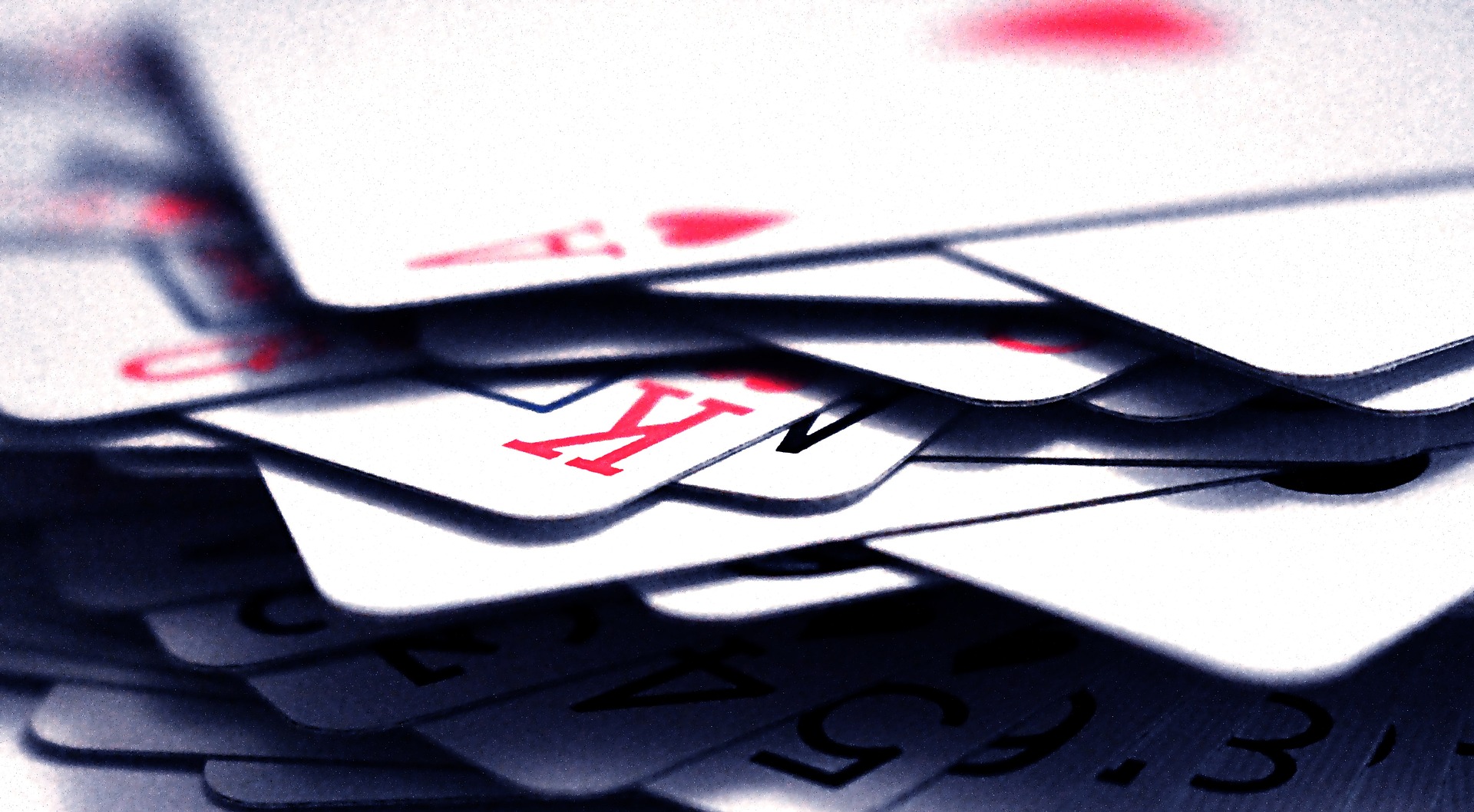A check-raise in poker is two consecutive actions by an out-of-position player during two betting rounds. The essence of the approach is that the player checks in anticipation of a later opponent wager. After receiving confirmation of his assumptions, the poker player raises on the next street.
These manipulations are two activities that result in opposing views on the strength of a player’s hand. Checking implies that the player has weak or average cards and remains in the game in the hopes of gaining an advantage in the next round. The raise leads opponents to assume one of two assumptions: either the poker player has gotten a substantial rise or has opted to bluff.
The objective of the strategy is to eliminate opponents from the hand and win the pot or expand the size of the pot in an attempt to amass a substantial sum. Depending on the desired outcome, the use of a check-raise has unique properties in each instance.

